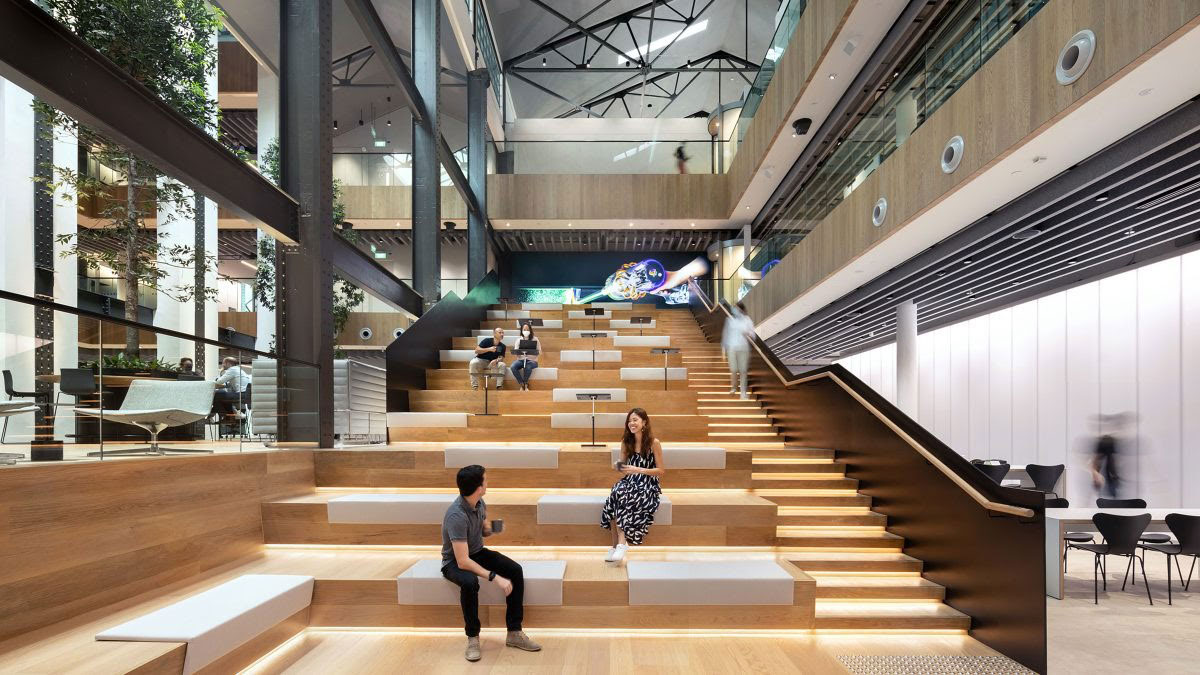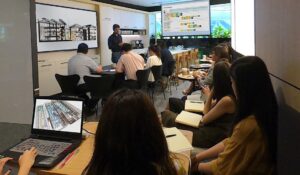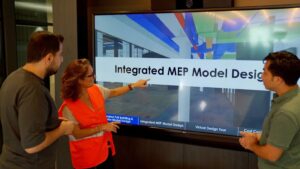Being deeply involved in workplace strategy, design, and delivery of workplace headquarters worldwide, I’m noticing a significant uptick in building conversions known as adaptive reuse. Although there is a spotlight on commercial structures being converted to residential, there are times when an older structure can make both strategic and economic sense for a company that may be looking for a more permanent corporate headquarters, innovation center, R&D hub, technology enterprise, or other commercial use.
Some of the main reasons cited have been:
- The character of an older and sometimes historic structure whose qualities would be very difficult to emulate with modern construction.
- A presence in a densely populated location that would otherwise not have lots available for new construction.
- The uniqueness of the older building being a significant enhancement to the brand experience.
- Incentives provided to the company for revitalizing a community with investment.
Breathing new life into an old structure through adaptive reuse almost always presents initial complexities; however, it offers a myriad of strategic benefits that align with the company’s ethos and long-term objectives. It is those carefully considered long-term objectives when weighing the cost-benefit analysis that can occasionally tip the scales to a more complex and initially more costly revitalization and adaptive reuse choice.
Sustainability as a Corporate Mandate:
Adaptive reuse significantly reduces a building’s carbon footprint by repurposing existing structures and materials. This approach aligns with global sustainability goals and demonstrates a corporation’s commitment to environmental stewardship – a factor increasingly important to shareholders, customers, and employees alike. For instance, the reuse of building materials saves a high percentage of embodied energy, reducing the energy consumption associated with demolishing a structure and constructing a new one. This may be a factor that has significantly influenced adaptive reuse cases of late.
Cultural and Historical Resonance:
Adaptive reuse provides an opportunity to preserve and showcase the cultural and historical significance of a locality. By revitalizing a landmark, corporations can anchor themselves within the community’s fabric, fostering a sense of belonging and goodwill. This cultural connection can be a powerful tool in branding, setting the corporation apart in a landscape often characterized by homogeneity.
The uniqueness of spaces in an older building can require a high degree of creativity, innovation, and resourcefulness to overlay new functions and planning. In addition, the complex task of repurposing a building, often replete with surprises and unexpected factors as the design and construction unfold, becomes a catalyst for the company for reflection on identity and provides very unique opportunities that a contemporary building may not possess.
While the choice to repurpose an older building may be rooted in practical decisions, a revitalization of an older or historical building can transform into a passion project where the challenges are faced and innovatively resolved with excitement and optimism. The end result is often an amazing and joyous event, outstripping ordinary corporate office projects and filling the entire company with an immense source of pride.
Economic Prudence and ROI:
While adaptive reuse
may entail upfront complexities and costs, it is often more economically viable in the long run. The repurposing of existing structures can lead to significant savings on materials and construction, with conversions seeing substantial growth and success rates. Furthermore, the unique appeal of these buildings can enhance their market value, offering a competitive edge in attracting talent and business opportunities. Therefore, the more unique, historically rooted, and large conversions are mostly reserved for companies that have the growth and income to sustain a long-term view of taking on an adaptive reuse. This can imbue an accomplished project, in the public eye, with a sense that the company who chose an adaptive reuse must be a market leader, innovative, and highly intelligent if they can pull off such a special project.
Choosing adaptive reuse resonates with community engagement and social responsibility. It contributes to urban revitalization, often turning neglected areas into bustling hubs of business and social interaction. This not only enhances the corporation’s image as a community builder but also stimulates local economies, reinforcing the corporation’s role as a key stakeholder in societal progress.
Innovation and Creativity:
Adaptive reuse challenges architects and designers to think innovatively, merging historical elements with modern design. This fusion not only results in unique, aesthetically appealing headquarters but also reflects a corporation’s dedication to innovation and creativity – key drivers in today’s competitive business landscape. Many factors come into play, such as the willingness of local municipal leaders to consider unique methods to ensure fire safety, means of egress, occupancy loads, and a host of other codes and regulations, not to mention historical preservation requirements.
Everyone wants to see the blending of new uses with older structures be successful, but these buildings must adhere to modern codes and regulations they were never designed to accommodate in the first place. A good working relationship between architects and local authorities is vital to address the uniqueness of the challenges one by one. These buildings can be designed to accommodate the evolving needs of a corporation, ensuring that the space remains functional, efficient, and relevant. This adaptability is particularly crucial in an age where the nature of work and corporate operations is continually evolving.
While the journey of transforming an old structure into a corporate headquarters involves navigating initial complexities and costs, the strategic advantages it offers are many. Adaptive reuse not only underscores a corporation’s commitment to sustainability, cultural heritage, and community engagement but also positions it as an innovative, forward-thinking entity ready to embrace the future. As corporations continue to seek spaces that reflect their values and aspirations, adaptive reuse is a viable option and may be woven into the architectural narrative of corporate headquarters.
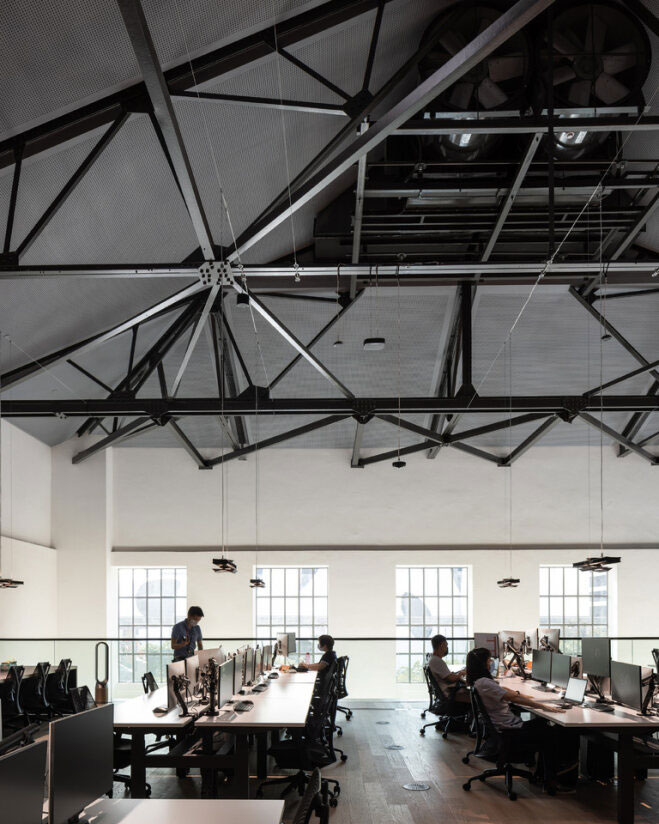
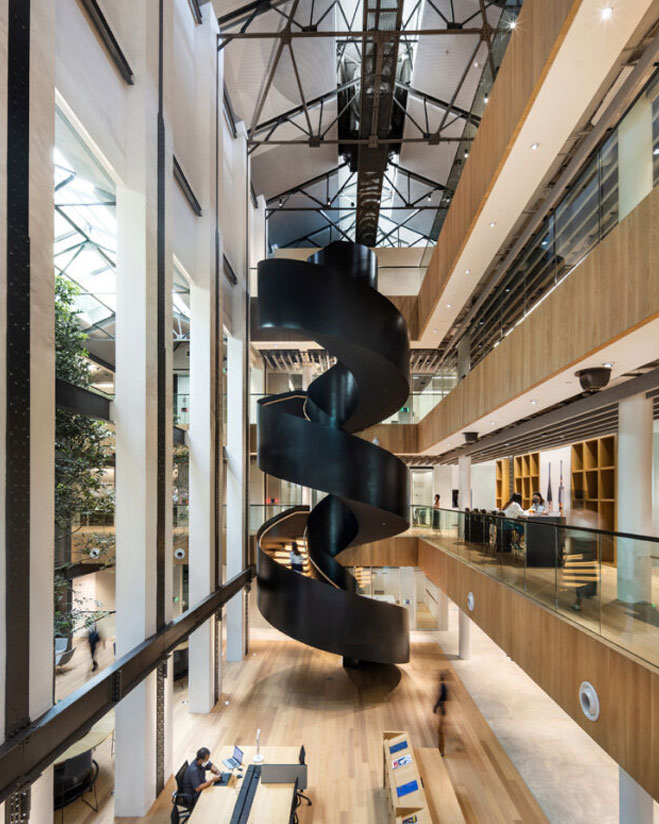
Reference articles:
- Adaptive Reuse: Rethinking Carbon, Sustainability and Social Justice | Arborcrowd
- New data reveals the growing state of adaptive reuse residential conversions nationwide | Archinect
- Adaptive Reuse: Rethinking Carbon, Sustainability and Social Justice | Archdaily
